Water Heater Maintenance
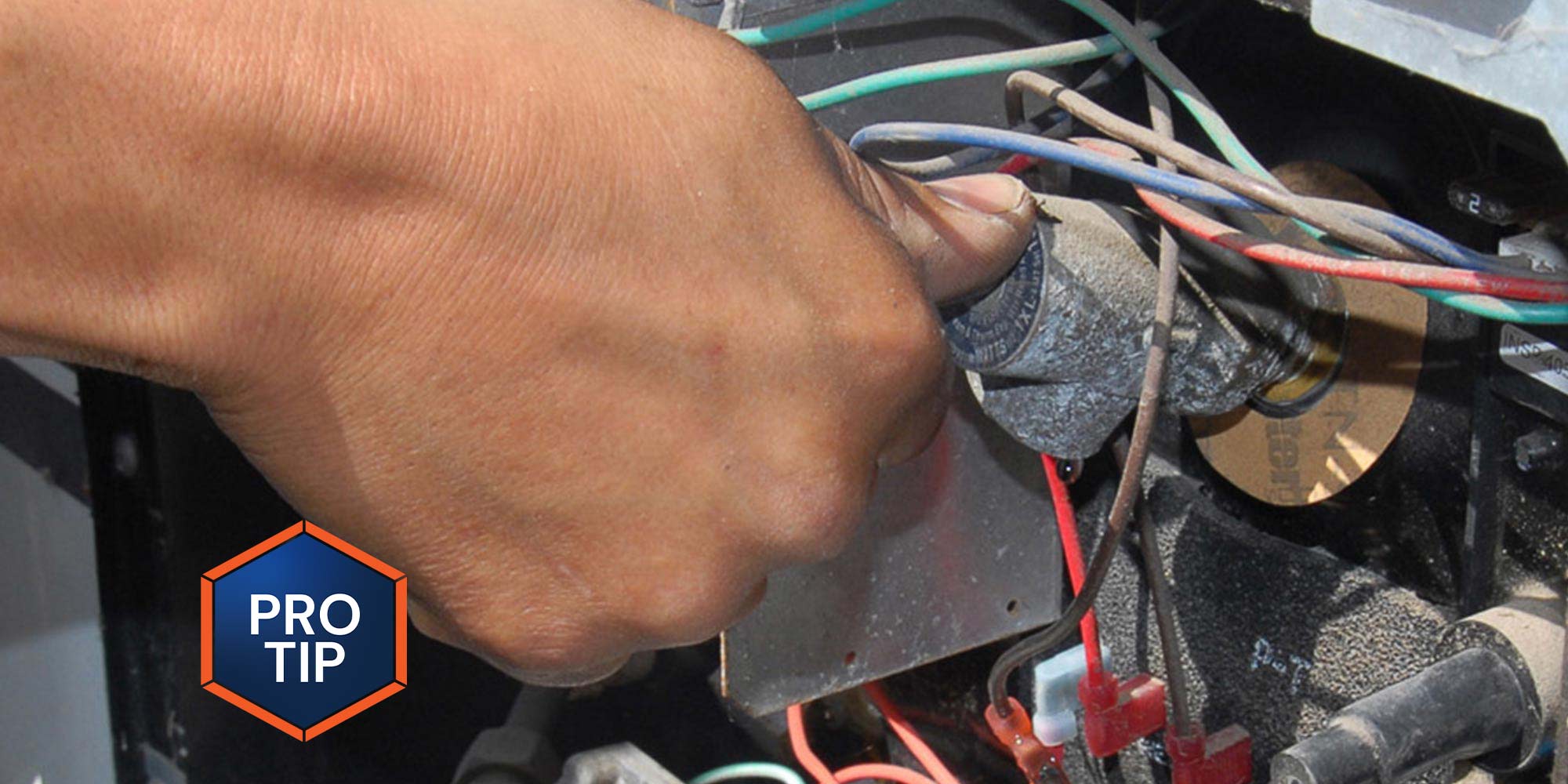
Photo by Chris Dougherty
Cold weather is just around the corner, and you’re probably going to be putting your trailer or motorhome away for a nice winter’s nap.
But before you do, make sure you give the hot water storage tank some added love. If you put the RV away for the winter before following these simple tips, you could be greeted by some rotten egg odor when cracking open the hot water tap in the spring.
First, make sure the hot water storage tank is completely drained. This is especially important if the rig is stored outside in freezing temperatures, as the water can turn to ice that can split the tank. Ouch. But even if you live where it doesn’t freeze, or store the rig indoors, draining the tank will prevent the nasties that cause stinky water from growing inside.
All water heaters have a pressure relief valve, and the lever should be lifted first to release any pressure. Then, while the valve is open, loosen the drain plug at the bottom. Once it’s loose, continue to turn it by hand and stand to one side—the water in the tank can come out with considerable force.
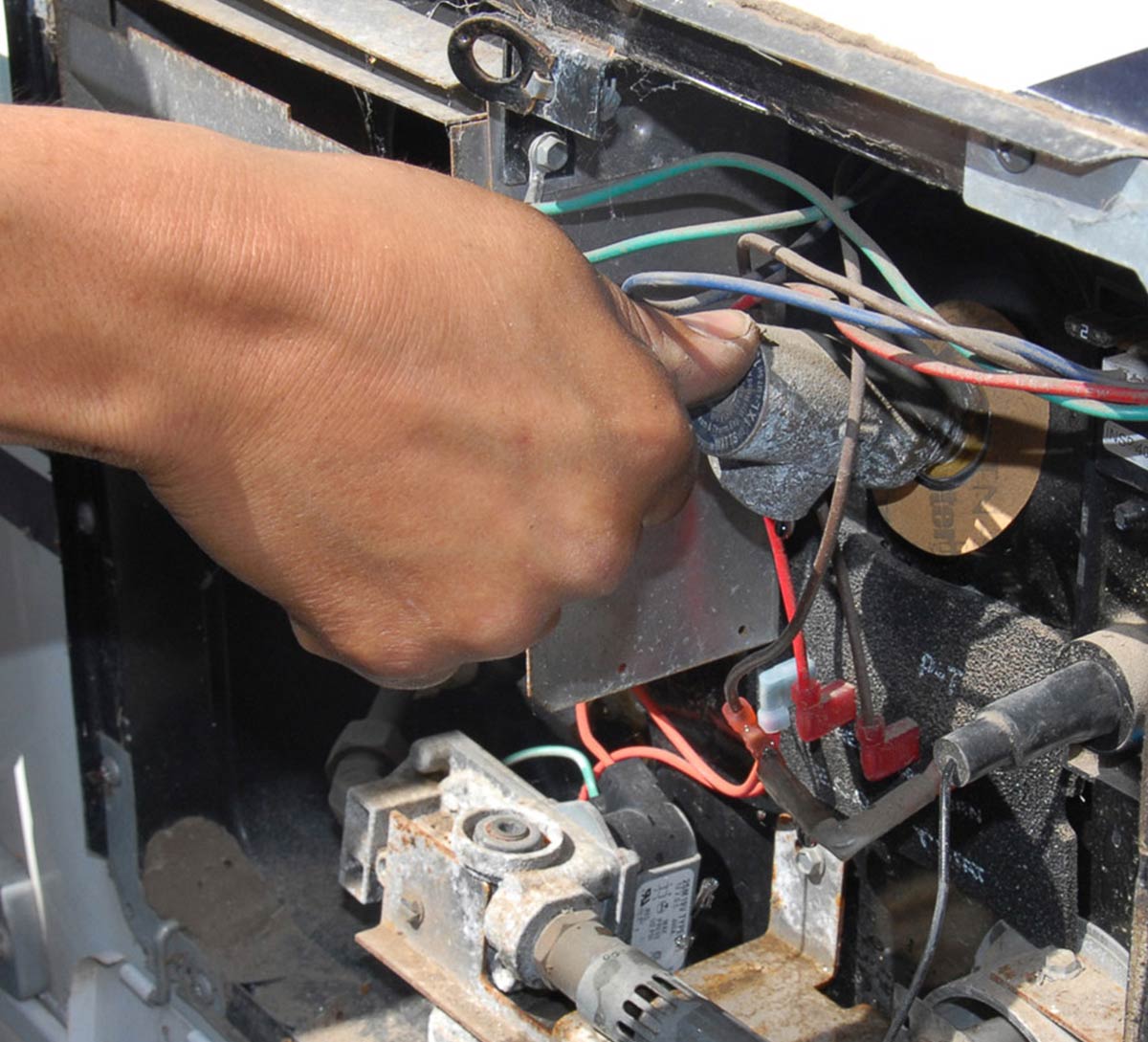
The PTR has a small tab for opening the valve manually. The PTR is used to replace the air pocket at the top of the tank, remove the water pressure from the tank, or to allow air in when draining the tank.
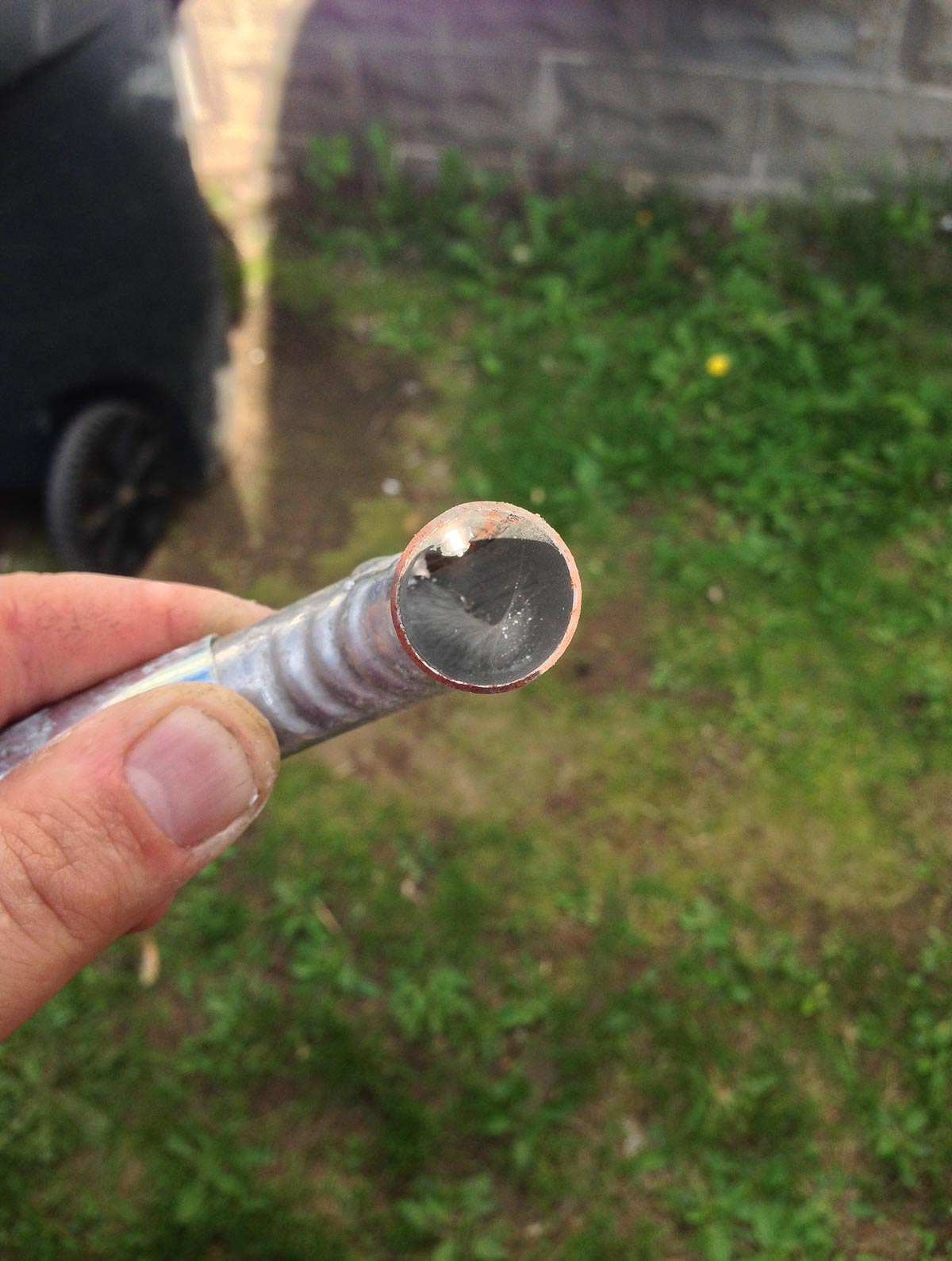
This burner tube has been plugged by a spider web. Spiders are attracted to the mercaptan odorant in LP-gas–a common problem in many parts of the country. This disrupts the gas flow and will cause a misfire. Removing the tube and cleaning it with a small flue brush will eliminate the spider web.
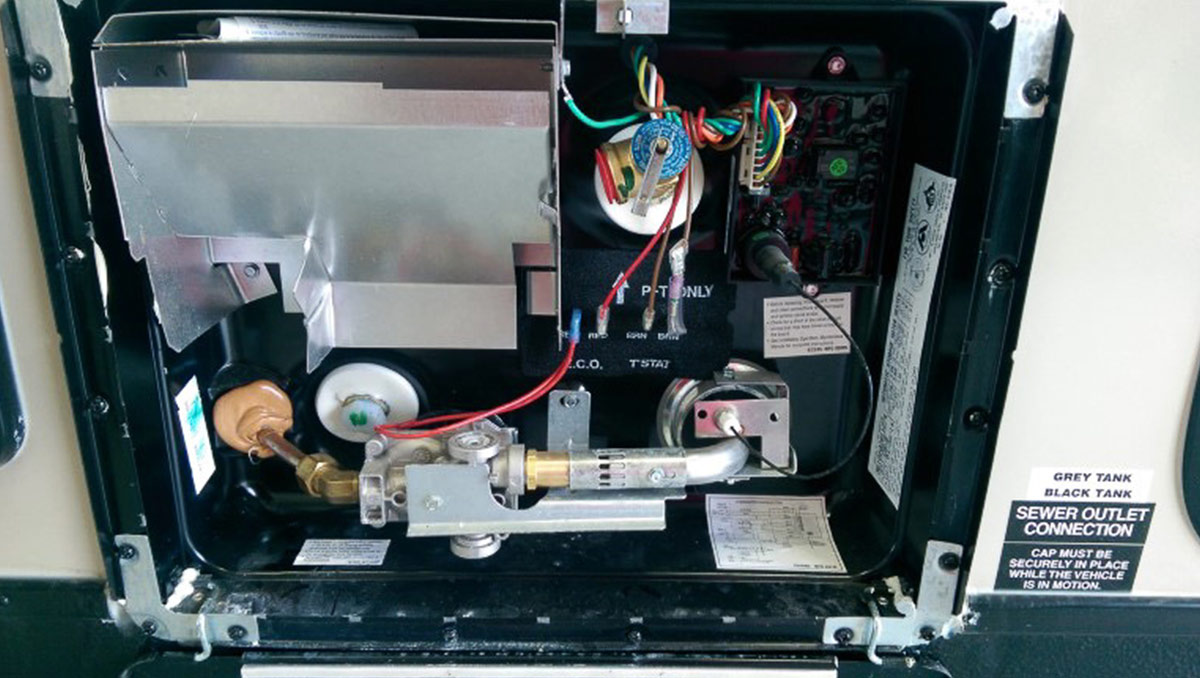
Inside the access door of an Atwood/Dometic water heater with electric ignition. The drain plug is on the lower left, the burner tube with adjustable air dam across the front turning into the burn chamber. The pressure/temperature relief valve (PTR) is at the upper center.
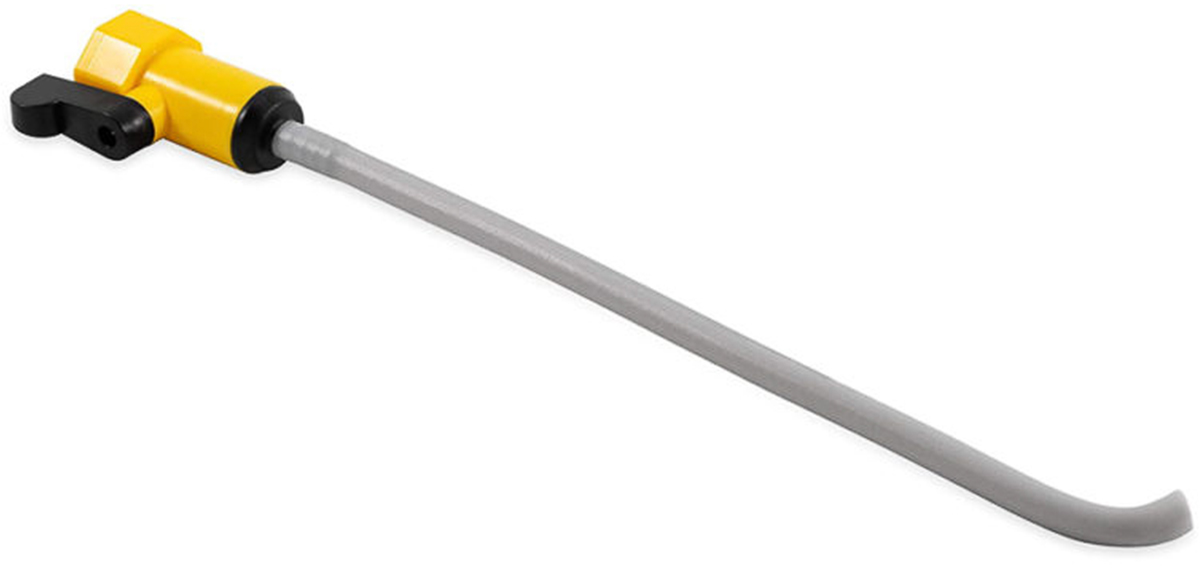
Water heater tanks collect hard water deposits in the bottom over time, as well as other stuff if incoming water is not filtered.. Draining the tank and using a tank rinsing wand will help flush out the tank via the drain opening.
Most RV water heaters are either manufactured by Atwood or Suburban. Suburban models use an anode rod that is an integral part of the drain plug. The anode rod is a sacrificial component that draws the harmful electrolytic process away from the tank lining, focusing corrosion on the anode rod and sparing the tank walls (Atwood tanks has an aluminum-clad tank that does not require an anode rod). Inspect the anode rod for corrosion; if it looks like it has lost 50% or more of its material, replace it. With either tank, use an RV water heater tank rinsing wand to flush out any sediment. Replace the plug, close the pressure relief valve, and the tank is ready for next season.
TIP:
If you have one of the on-demand water heaters (Truma, Girard, Suburban, etc.) remember to never use compressed air to winterize the water heater. Bypass the heater and drain it per the unit manufacturer’s instructions!
Get Updates
Subscribe today and never miss an issue!
Get all the latest tips and news to keep you moving on that open road!
Current Issue
Check it out!
As the summer days linger on, escape the heat with the newest edition of RV Enthusiast! The July/August issue covers Improving RV A/C Efficiency, Rear- and Side-View Cameras, Truck shock Repair, PLUS so much more!
Already a Subscriber? Click here for Access to the Full Issues.

